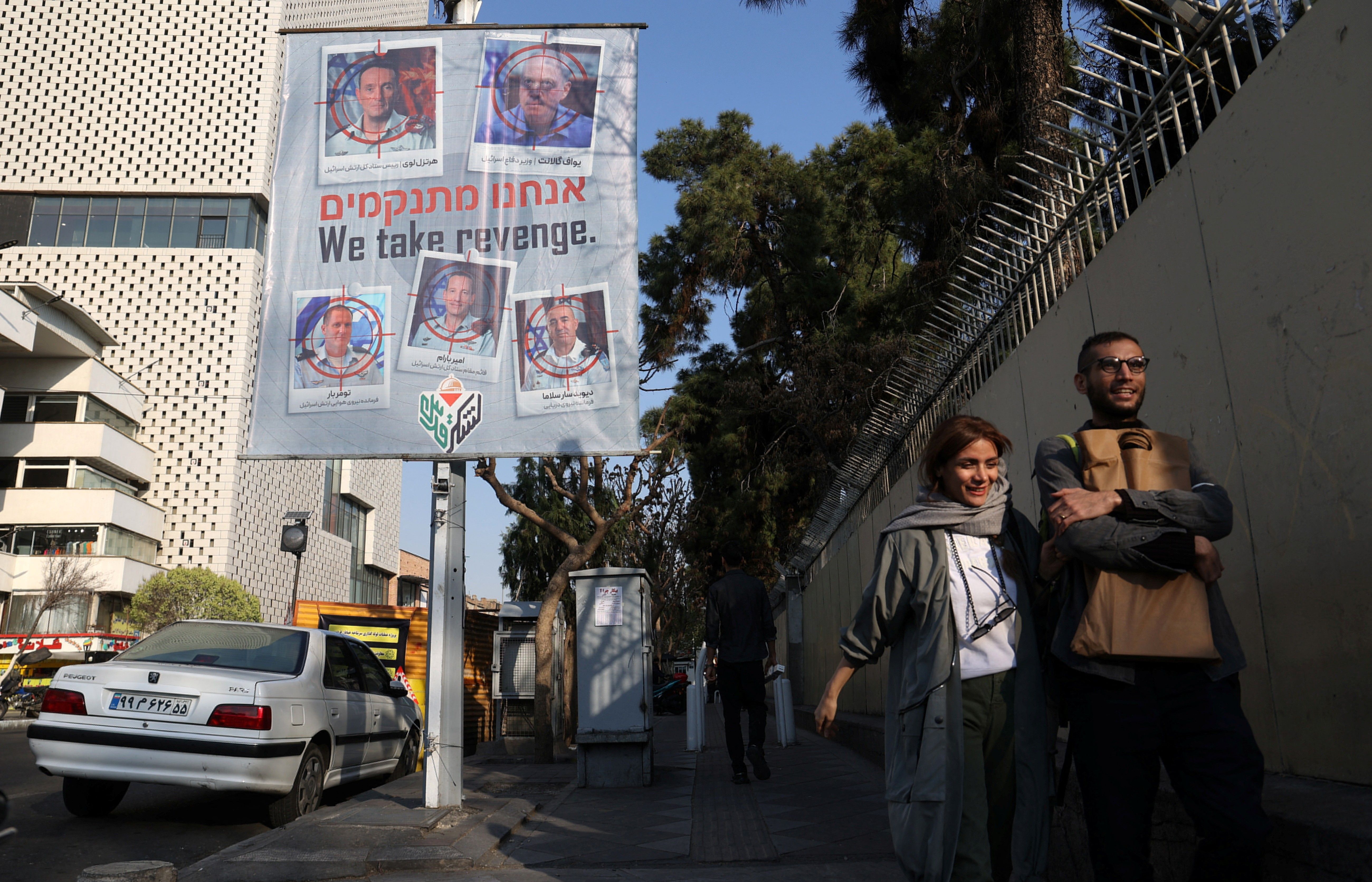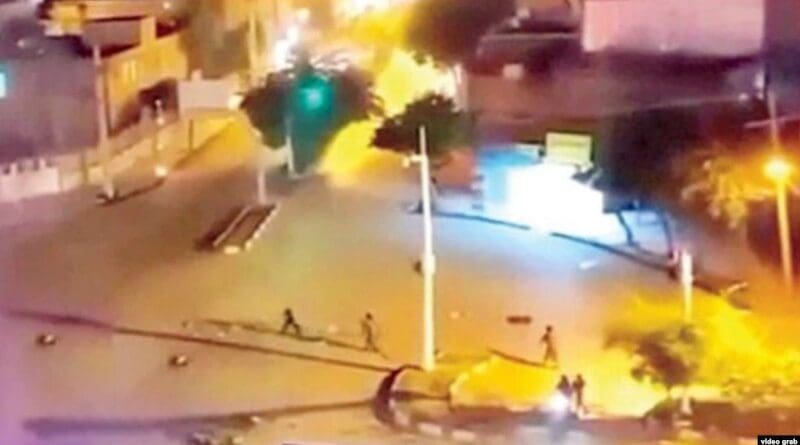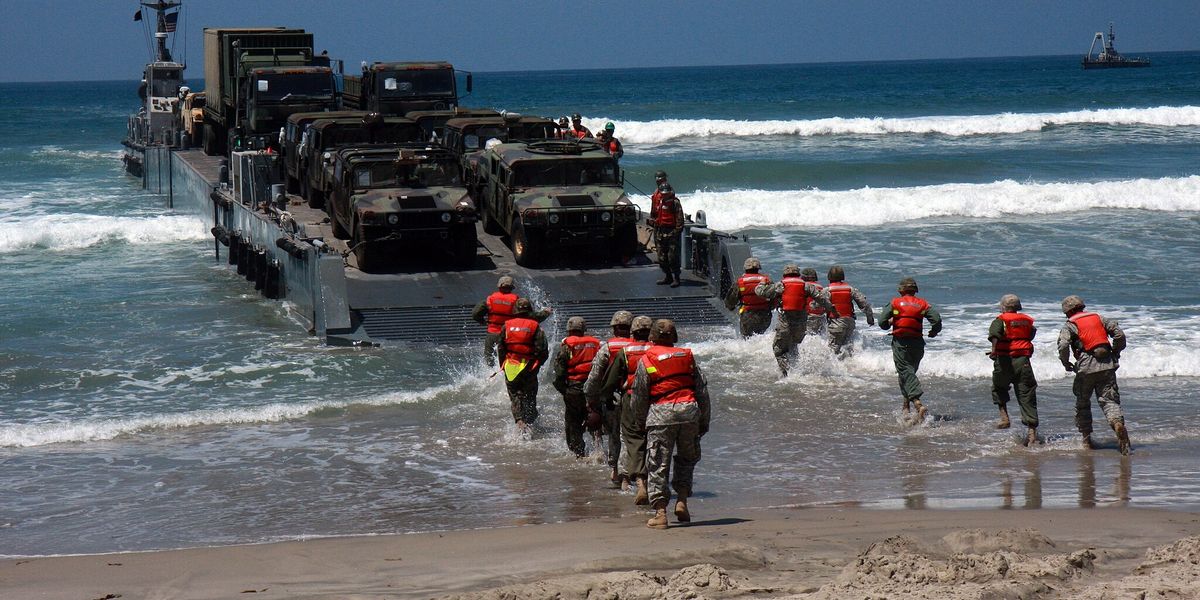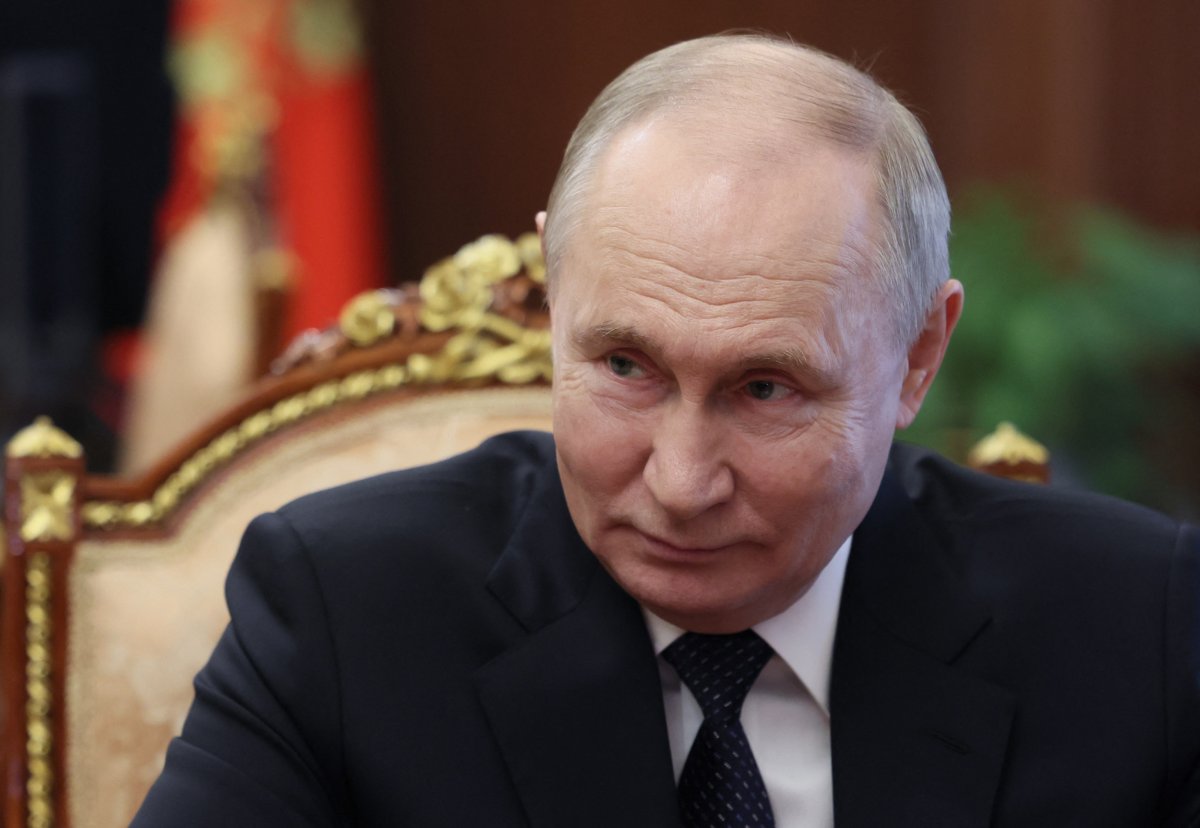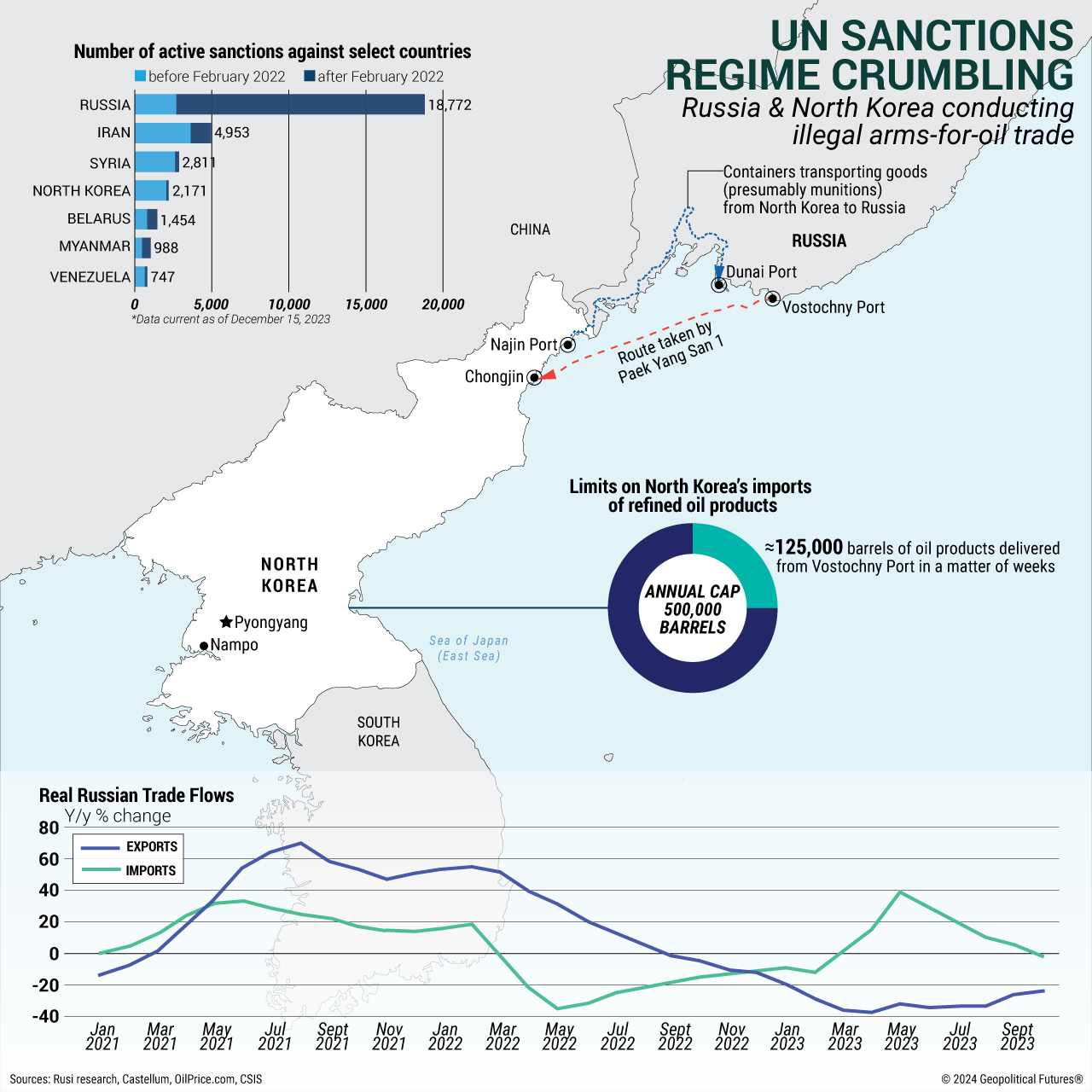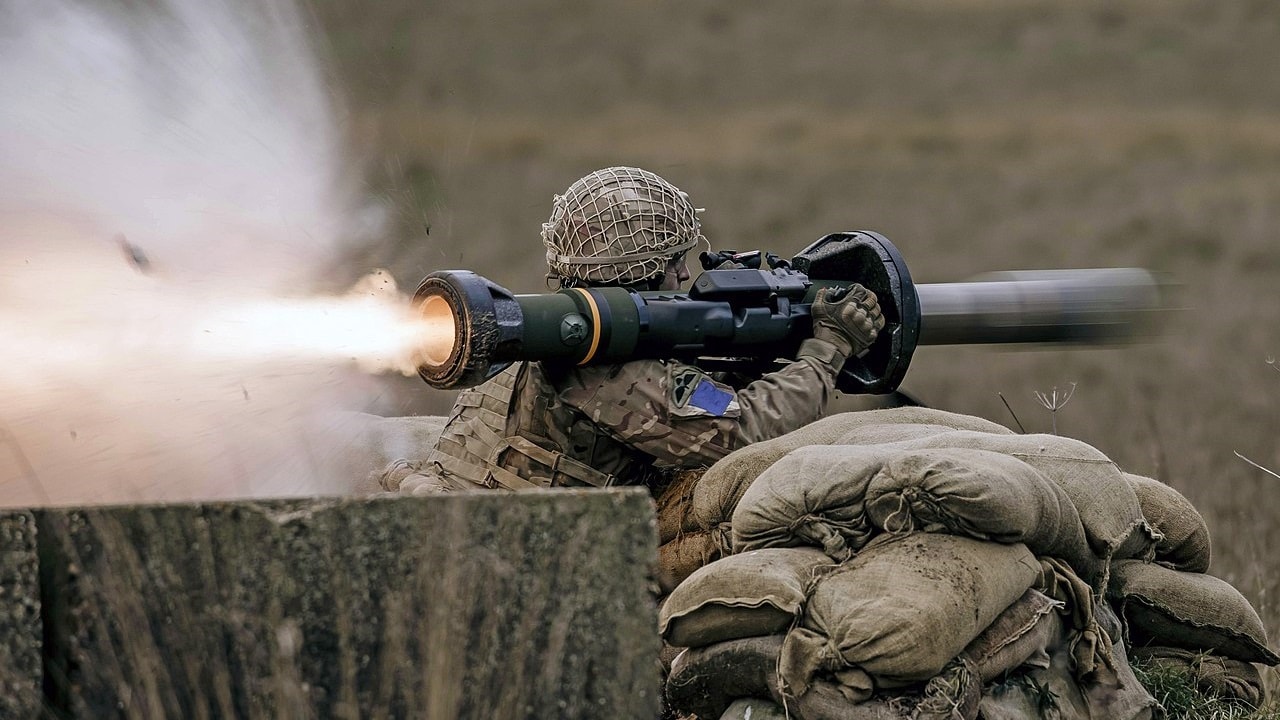David Brennan

The insatiable appetite of Russia's war on Ukraine is drawing in weapons and munitions from all over the world, as both sides seek an edge in a devastating attritional contest now more than two years old.
The dynamic is pitting arms from many nations against each other. Many such contests are planned and approved by suppliers. Ukraine's use of Western military technology against the Russian invasion force is the most visible example of NATO backing for Kyiv.
Moscow's use of Iranian kamikaze drones against Ukrainian cities being defended by Western anti-air systems, meanwhile, touches on the decades-long simmering conflict between Tehran and Washington, D.C.
Ukraine and Russia—whether at the state, military, or individual level—are also turning to the private market to fill gaps in their arsenals. The many degrees of separation provided by international trade networks have prompted some more surprising battlefield matchups.
A Ukrainian soldier loads a British-made L119 howitzer on February 18, 2024, in an undisclosed location close to Lyman, Ukraine. Ukrainian and Russian forces have both been using foreign-produced weapons through two years of war.
Multiple photographs have emerged in recent months of Ukrainian gunners using what appear to be Indian-made artillery shells to attack Russian positions, where Moscow's troops are increasingly outfitted with Chinese weapons ranging from artillery rounds to quadrocopter drones and even golf cart-style buggies.



